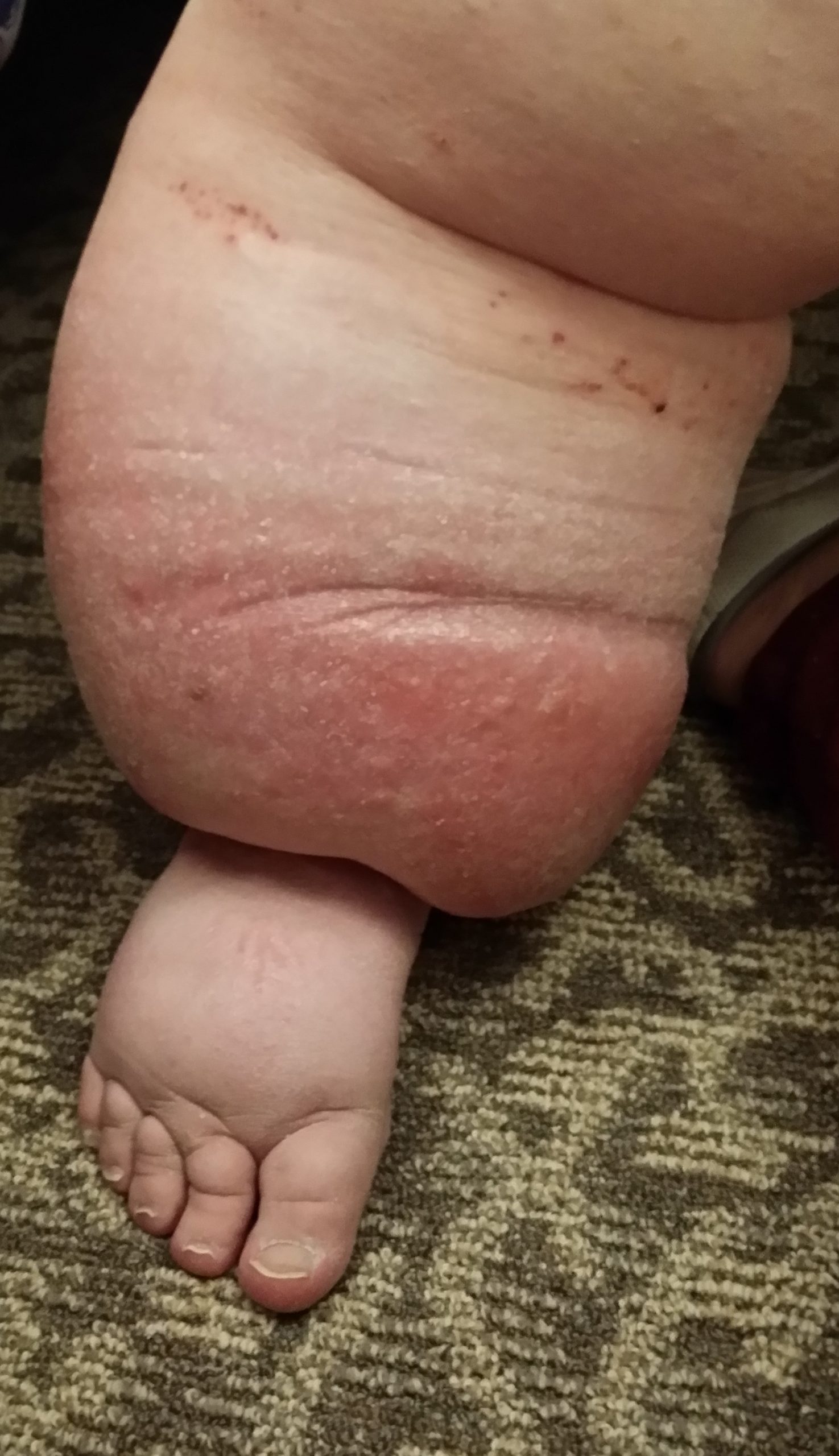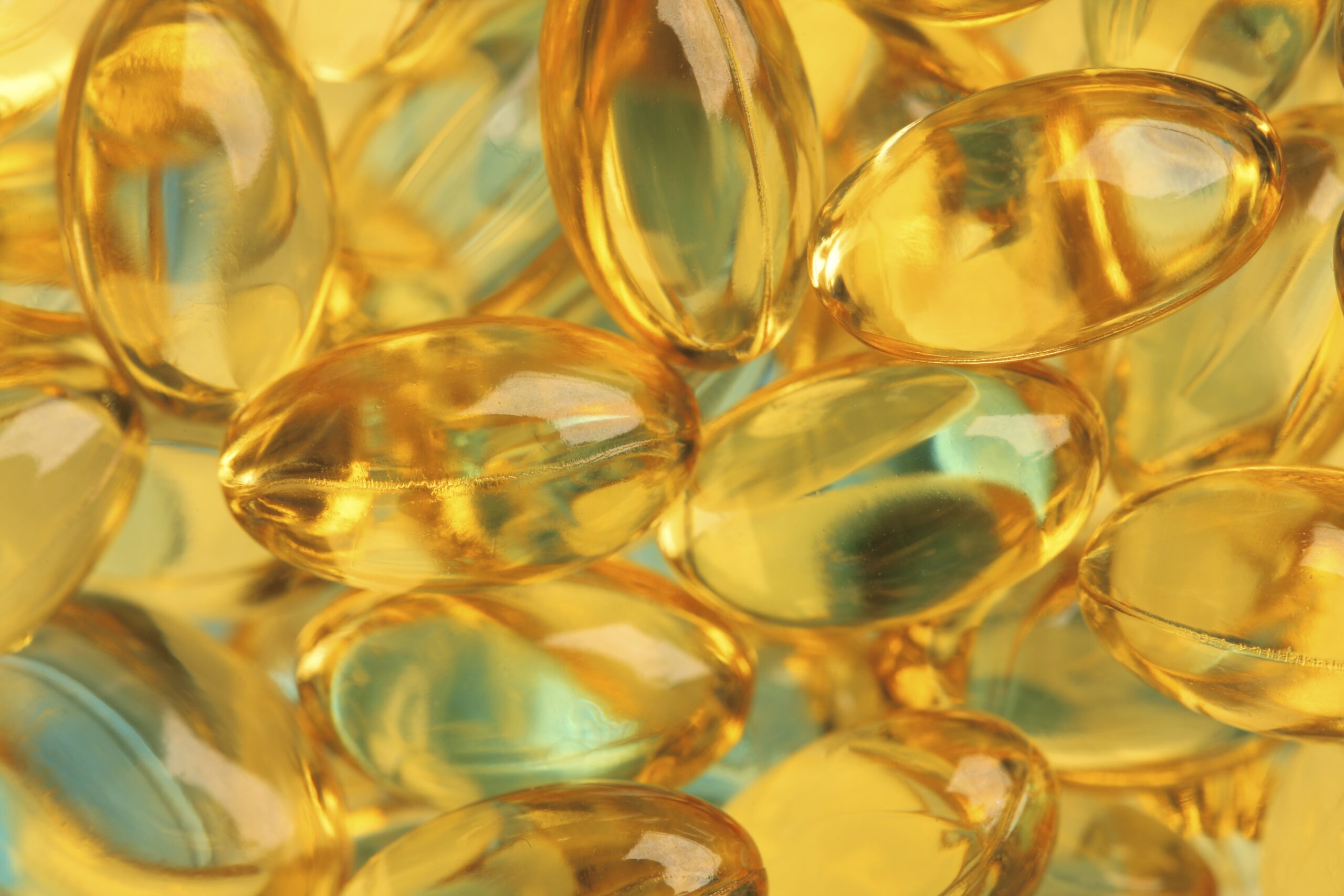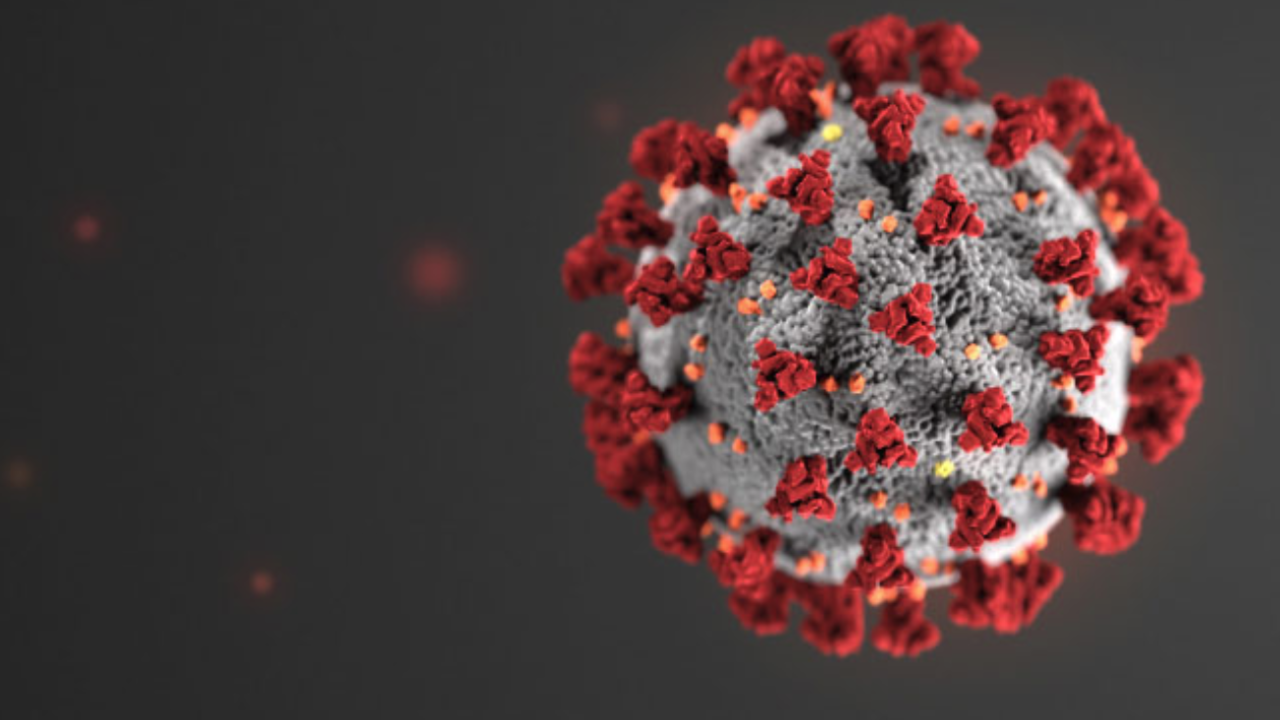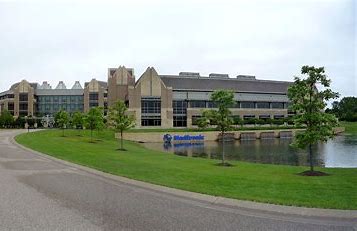If you’re reading this, you’ve probably been struggling with swelling—maybe in your legs, arms, or another part of your body. You could have spent hours searching online, trying to tell the difference between lymphedema vs. edema, but you just feel more confused.
You’re not alone.
The two can seem like they’re almost the same. But here’s a look at what these conditions really mean, how they’re different, and most importantly, how to find relief.
What Are Edema and Lymphedema?
Edema is your body’s way of saying something isn’t quite right. Imagine your bloodstream as a busy highway. Normally, fluid flows smoothly between blood vessels and the tissues around them. But when there’s a disruption—like a traffic jam—fluid builds up in the “neighborhoods” between your cells. This swelling, called edema, can happen anywhere: your ankles after a long flight, your hands during pregnancy, or even your lungs in serious cases. Edema is often a symptom of other problems, like heart issues, kidney disease, or even sitting too long.
Lymphedema, on the other hand, is like a broken drainage system. Your lymphatic system—a network of tiny vessels and nodes—normally acts as a cleanup crew, collecting fluid and proteins that aren’t being used. But if the system is damaged (from surgery, infection, or an inherited condition), then fluid can’t drain properly and starts to build up. After a while, this leads to swelling that feels heavy, stubborn, and often changes the skin’s texture. Regular edema can be cured, but lymphedema is usually chronic and requires lifelong care.
Why Does This Happen?
Edema can happen when your system is out of balance:
- Your heart: If it’s struggling to pump (as in heart failure), fluid backs up in your legs or lungs.
- Your kidneys: When they can’t remove enough salt and water, swelling creeps in.
- Your veins: Weak valves (venous insufficiency) let fluid pool in your legs.
- Inflammation: An injury or allergic reaction can make blood vessels “leaky.”
Lymphedema has deeper roots:
- Surgery or radiation: Cancer treatments that remove lymph nodes are a common trigger.
- Infections: Parasites (like filariasis) or repeated skin infections can scar lymphatic vessels.
- Genetics: Rarely, people are born with a faulty lymphatic system (called primary lymphedema).
Lymphedema vs. Edema—Signs and Symptoms
Edema usually shows up as:
- Soft, “pitting” swelling (when you press a finger in, it leaves a dent).
- Symmetrical swelling (both ankles or legs).
- Quick changes. It might improve overnight with elevation.
Lymphedema tends to:
- Start in one limb (a swollen arm after breast cancer surgery, for example).
- Feel firm or “woody” over time, with skin that thickens or develops bumps.
- Not pit when pressed in later stages.
- Include infections like cellulitis, as stagnant fluid becomes a breeding ground for germs.
One telltale sign of lymphedema: Stemmer’s sign. Try pinching the skin at the base of your toe or finger. If it’s difficult to lift, it’s a red flag for lymphedema.
How Lymphedema and Edema are Diagnosed
For edema, we have to play detective to find out what’s causing the swelling. Your care provider will check your heart, kidneys, and veins through blood tests, ultrasounds, or even a quick listen to your lungs. Once you’ve found the root cause, you can treat and fix it.
With lymphedema, we need to look deeper. Imaging tests like lymphoscintigraphy (a special scan that traces fluid flow) or bioimpedance (measuring fluid with painless electrical signals) help map your lymphatic system. Early diagnosis is important to stop things from getting worse. Catching lymphedema before changes to the skin set in can prevent lifelong complications.
Effective Treatments
For Edema:
- Treat the source: Diuretics (“water pills”) for heart failure, compression socks for vein issues.
- Lifestyle tweaks: Less salt, more movement, and elevating swollen limbs.
For Lymphedema:
- Complete Decongestive Therapy (CDT): Think of this as a spa day for your lymphatic system. Gentle massage (draining manually), custom compression garments, and skin care will reduce swelling.
- Surgery: In rare cases, surgeons reconnect blocked lymph vessels or transplant healthy nodes.
- Your job: Following your care plan, every day. Simple things like remembering to wear your compression sleeves can keep swelling at bay.
Carrying The Emotional Weight
Chronic swelling has a way of changing our lives. It’s canceled plans, stares from strangers, and the frustration of clothes that no longer fit. But here’s what you should know:
- You’re not failing if progress is slow. Lymphedema, especially, is a marathon—not a sprint.
- Stick up for yourself. If insurance denies compression garments, appeal. If a doctor ignores your concerns, find one who listens.
- Surround yourself with community. Support groups (online or in-person) remind you that you’re not alone.
Last Thing
Between me and you… medicine isn’t perfect. We can’t promise a cure for lymphedema or guarantee that edema won’t return. But we can promise this: You deserve care that sees you, not just your condition.
And our mission is to walk this path beside you.





